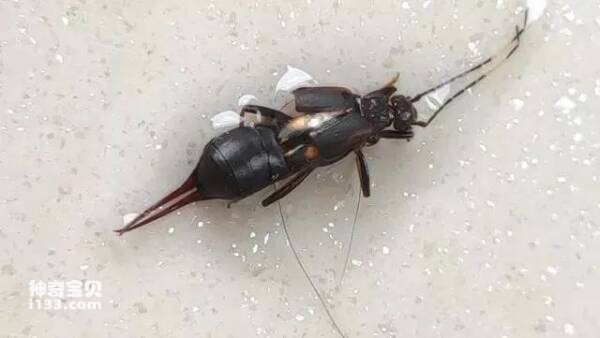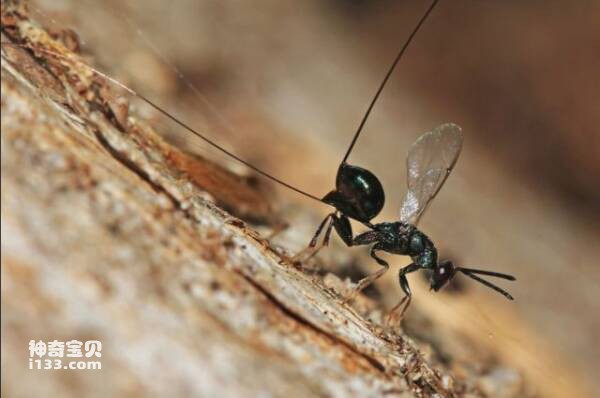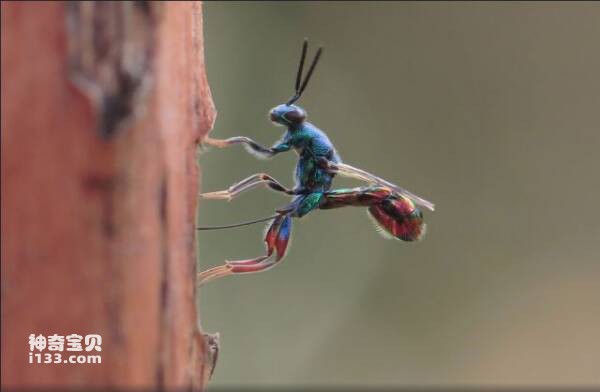The caudal palps are usually a pair of whisker-like protrusions, which are born on the membrane between the supra-anal plate and the lateral anal plate transformed from the 11th abdominal segment. Although sometimes they seem to be born on the 10th segment, they are the 11th abdominal segment. Appendages of abdominal segments.

The caudal palps are only common in lower insects, such as some Ephemeroptera, Odonata and Orthoptera in some apterygoid and pterygoid suborders, and their shape and structure vary greatly. The tail palps of locusts are spiny-like and unsegmented; the tail palps of insects of the order Thysanocerata and Ephemeroptera are filament-like and divided into many segments. There are also many intermediate types. There are often many sensory hairs on the tail whiskers, which are sensory organs. However, in Diptera and Dermoptera (earwigs), the tail palps are hardened and shaped like a claw for defense; the thin tail palps of earwigs can also help fold the hind wings.

In the order Thysanocerata and some insects of the order Ephemeroptera, between a pair of slender caudal palps, there is also a middle caudal filament that is very similar to the caudal palps. The mid-tail filament is not an appendage, but an extension of the dorsal plate of the 11th abdominal segment. The presence of a pair of caudal palps and a mid-tail filament is the most easily identifiable feature of these two types of insects. Silverfish, commonly known as bookworms (belonging to the order Silverfish, family Thyrozoa), are small and soft, covered with silver-gray scales. They often inhabit books, paper and clothing and eat them. Once discovered, he moves extremely quickly and "escapes" without a trace in the blink of an eye.

Their ability to escape natural enemies is closely related to the tail whiskers growing at the end of the abdomen. The silverfish's tail barbels are three segmented, fine hairs that are longer than the body. These three tail whiskers not only have the function of touch, but also serve as accessory organs for movement. Silverfish are good at crawling on vertical walls. In addition to the adsorption vesicles under the belly, the tail is always close to the wall. The dense short hairs on it also play a role in boosting and preventing sliding. In order to prevent predators such as spiders and fly tigers from predating, silverfish always swing their tails when they are resting, inducing natural enemies to focus on the tail tips. When the tail is caught, the segmented tail hairs are broken off. , the body can take the opportunity to escape. This can be regarded as the technique of "laying down the tail to protect yourself".
animal tags:
We created this article in conjunction with AI technology, then made sure it was fact-checked and edited by a Animals Top editor.